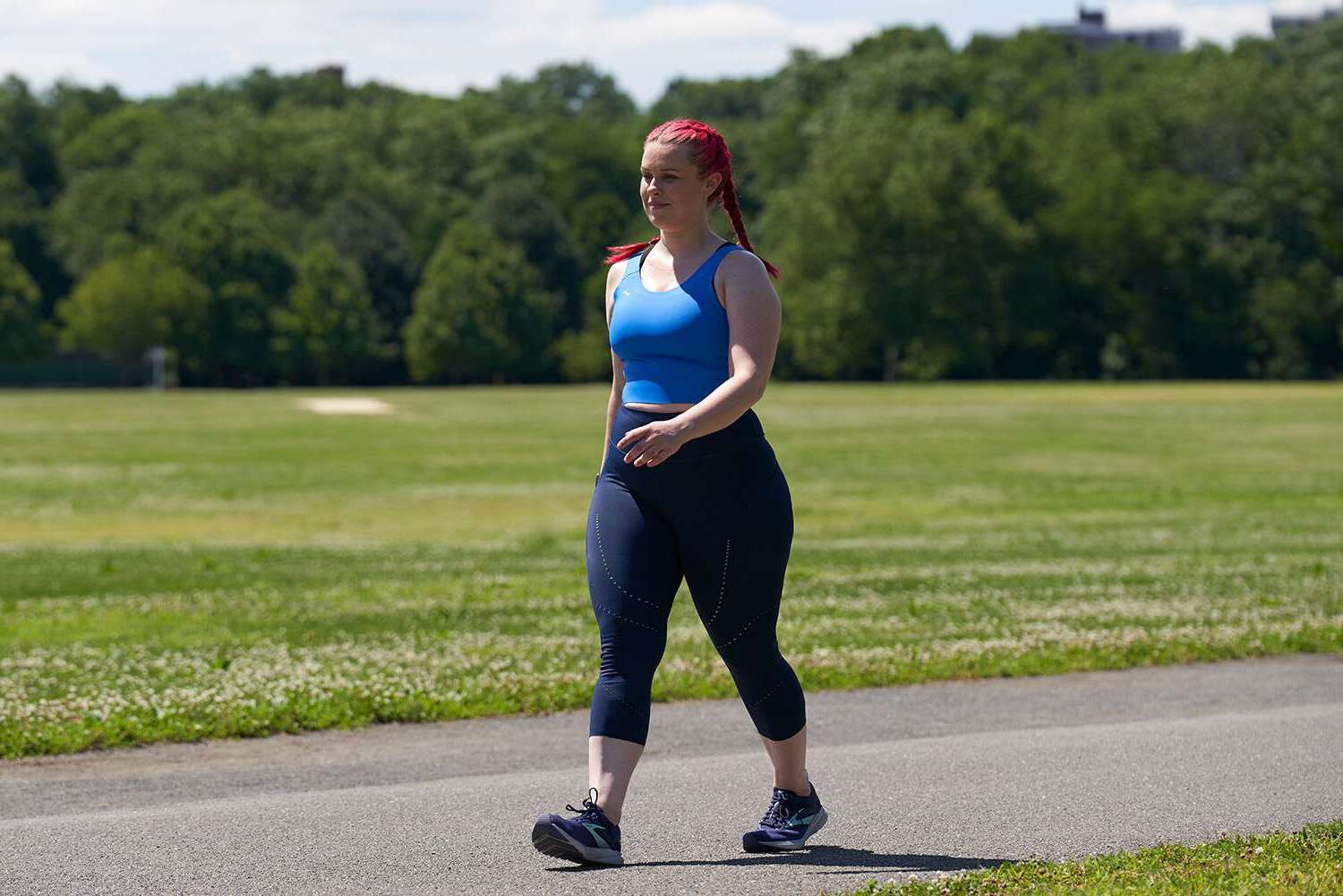
Walking is one of the simplest yet most effective forms of exercise. But did you know it offers more than just physical benefits? Walking can boost your mood, improve creativity, and even help you live longer. It's an activity that requires no special equipment, making it accessible to almost everyone. Whether you're strolling through a park or walking to work, each step contributes to your overall well-being. From reducing the risk of chronic diseases to enhancing mental health, the advantages are endless. Ready to learn more? Here are 26 fascinating facts about walking that might just inspire you to lace up your shoes and hit the pavement.
The Benefits of Walking
Walking is a simple yet powerful activity. It offers numerous health benefits and can be done almost anywhere. Here are some fascinating facts about walking that might surprise you.
-
Walking can help reduce the risk of chronic diseases. Regular walking lowers the chances of developing heart disease, stroke, and type 2 diabetes.
-
It boosts mental health. Walking releases endorphins, which improve mood and reduce stress and anxiety.
-
Walking strengthens bones and muscles. It helps maintain bone density and muscle strength, especially in older adults.
-
It aids in weight management. Walking burns calories, making it easier to maintain or lose weight.
-
Walking improves cardiovascular health. It enhances circulation, lowers blood pressure, and reduces the risk of heart-related issues.
-
It enhances creativity. Studies show that walking can boost creative thinking and problem-solving skills.
-
Walking can improve sleep quality. Regular walkers often experience better sleep patterns and reduced insomnia.
-
It supports joint health. Walking lubricates joints and strengthens the muscles around them, reducing the risk of arthritis.
Interesting Facts About Walking
Walking isn't just good for health; it's also full of interesting tidbits. Here are some fun facts about this everyday activity.
-
The average person walks about 7,500 steps a day. Over a lifetime, this equals walking around the Earth five times.
-
Walking can be a social activity. Group walks or walking with friends can make the experience more enjoyable and motivating.
-
It’s a low-impact exercise. Walking is gentle on the body, making it suitable for people of all ages and fitness levels.
-
Walking can be done anywhere. Whether in a park, on a treadmill, or around the neighborhood, walking is accessible to everyone.
-
It’s a natural mood booster. Walking in nature, also known as "forest bathing," can significantly improve mental well-being.
-
Walking can help with digestion. A post-meal walk can aid digestion and prevent bloating.
-
It’s a great way to explore new places. Walking tours are popular in many cities, offering a unique way to see the sights.
-
Walking can improve balance and coordination. Regular walking helps maintain stability, reducing the risk of falls.
Historical and Cultural Aspects of Walking
Walking has played a significant role in human history and culture. Here are some intriguing facts about walking from a historical and cultural perspective.
-
Humans are designed to walk. Our anatomy, including our upright posture and bipedal gait, is optimized for walking.
-
Pilgrimages often involve long walks. Religious and spiritual journeys, like the Camino de Santiago, are undertaken on foot.
-
Walking has inspired art and literature. Many writers and artists, like Henry David Thoreau and Vincent van Gogh, found inspiration during walks.
-
Historical figures were avid walkers. Charles Dickens and Mahatma Gandhi were known for their long, contemplative walks.
-
Walking was a primary mode of transportation. Before modern vehicles, people relied on walking to get from place to place.
-
Walking marathons were popular in the 19th century. Pedestrianism, or competitive walking, was a major spectator sport.
Modern-Day Walking Trends
Walking continues to evolve with modern trends and technology. Here are some contemporary facts about walking.
-
Fitness trackers have popularized walking. Devices like Fitbits and smartwatches encourage people to track their steps and stay active.
-
Walking meetings are becoming common. Some companies promote walking meetings to boost creativity and reduce sedentary time.
-
Urban planning now includes walking paths. Cities are designing more pedestrian-friendly areas to encourage walking.
-
Virtual walking tours are on the rise. Technology allows people to experience walking tours of distant places from the comfort of their homes.
The Final Steps
Walking offers more than just a way to get from point A to point B. It boosts mental health, physical fitness, and even creativity. Regular walks can help reduce stress, improve cardiovascular health, and strengthen muscles. Plus, it’s an eco-friendly mode of transportation that reduces your carbon footprint.
Whether you’re strolling through a park, hiking a trail, or just walking your dog, every step counts. It’s a simple, accessible activity that requires no special equipment or training. So, lace up your shoes and hit the pavement. Your body and mind will thank you.
Remember, the journey of a thousand miles begins with a single step. Happy walking!
Was this page helpful?
Our commitment to delivering trustworthy and engaging content is at the heart of what we do. Each fact on our site is contributed by real users like you, bringing a wealth of diverse insights and information. To ensure the highest standards of accuracy and reliability, our dedicated editors meticulously review each submission. This process guarantees that the facts we share are not only fascinating but also credible. Trust in our commitment to quality and authenticity as you explore and learn with us.
